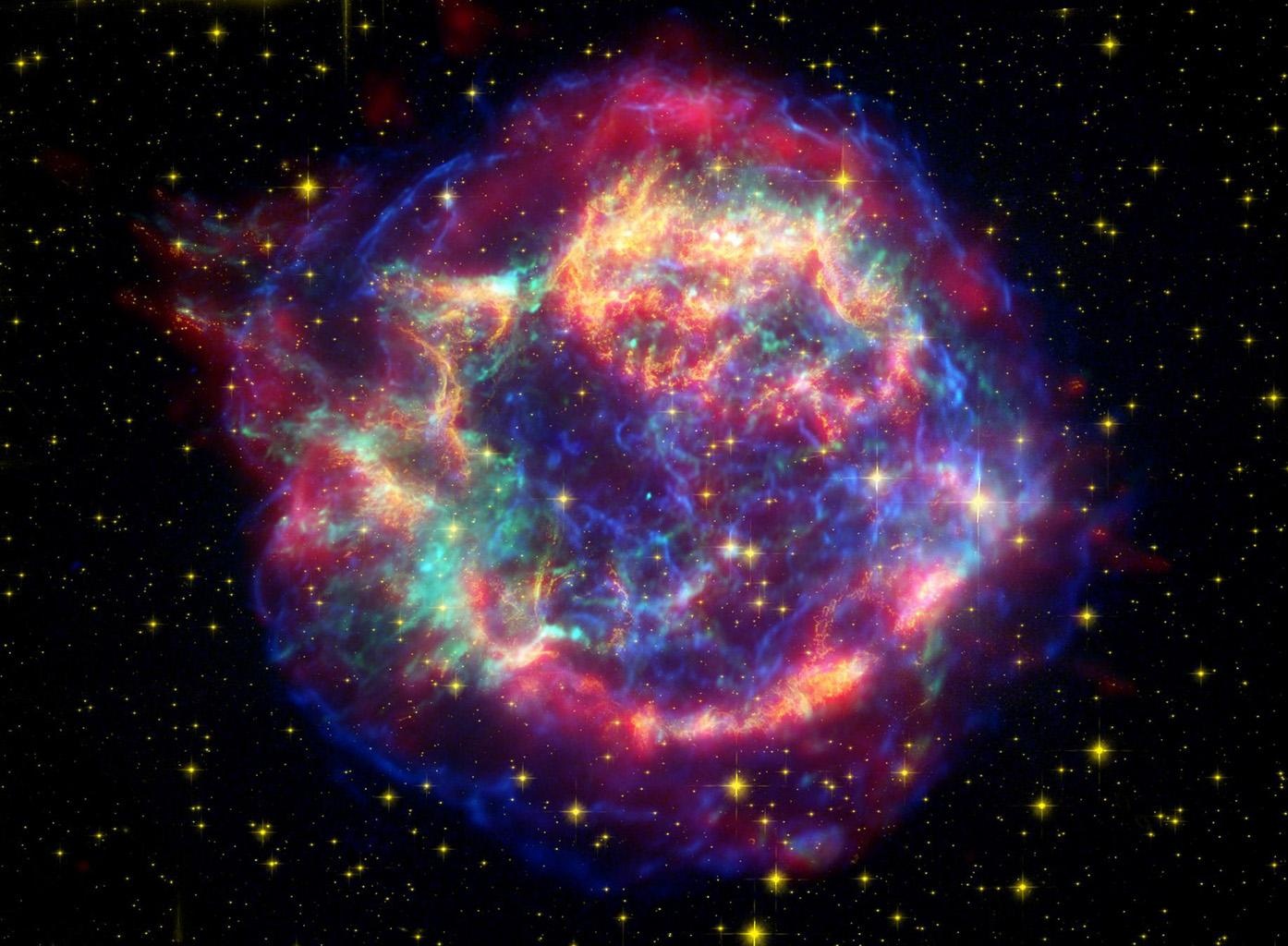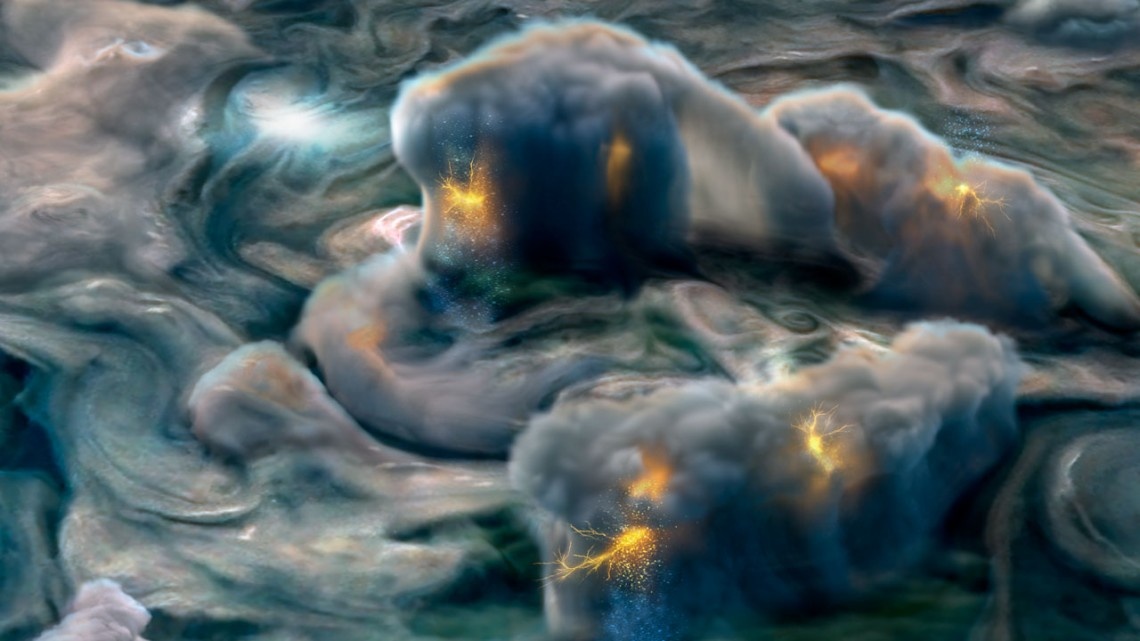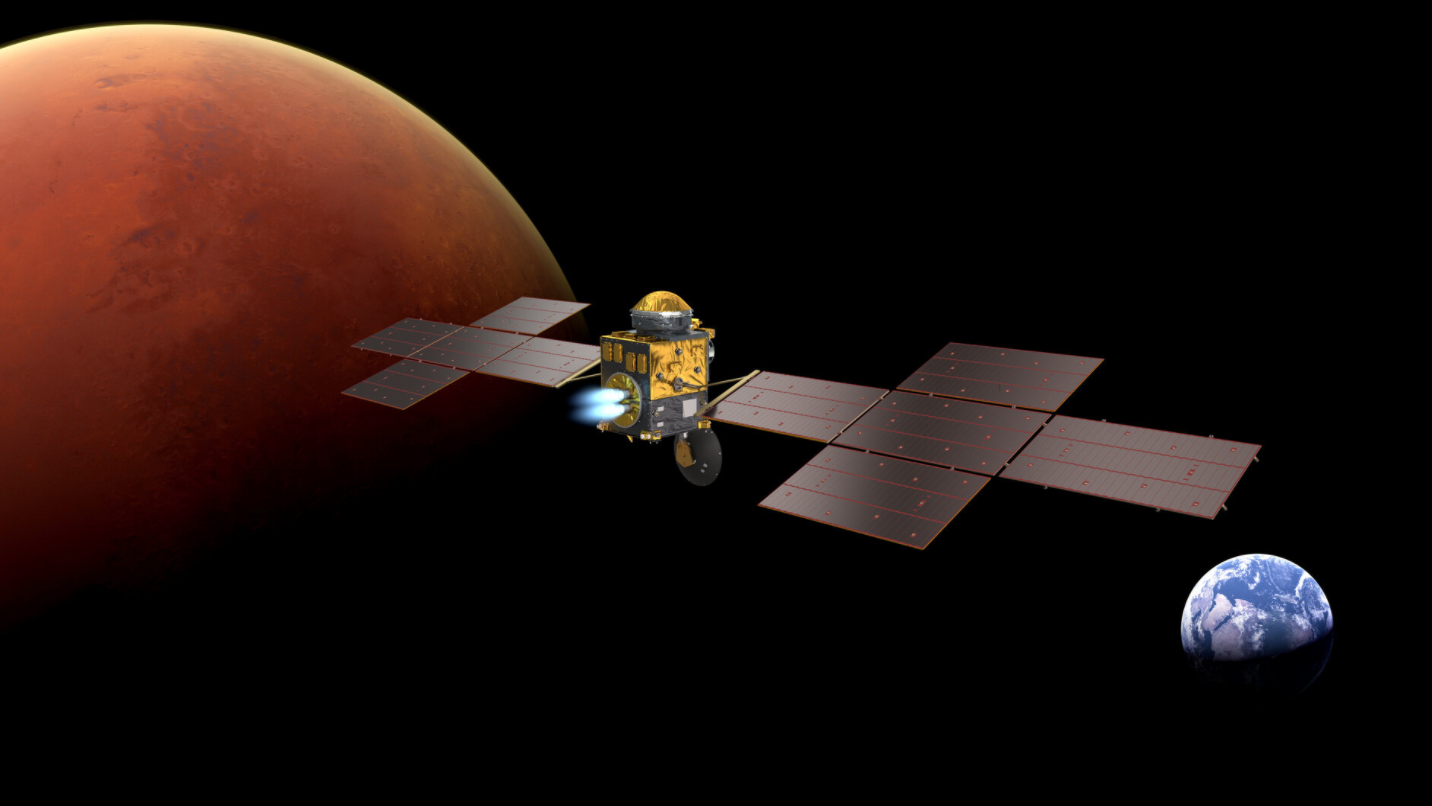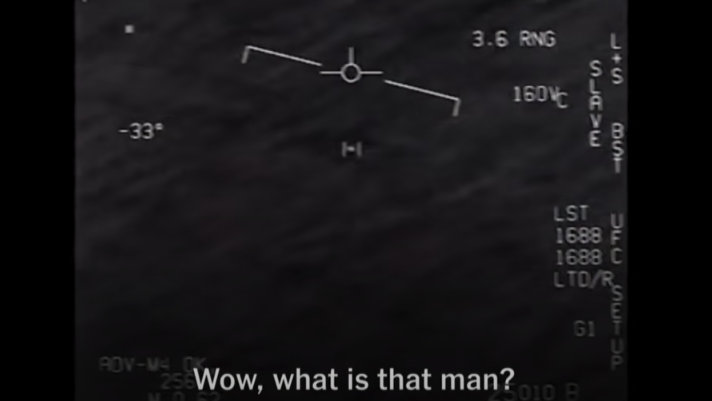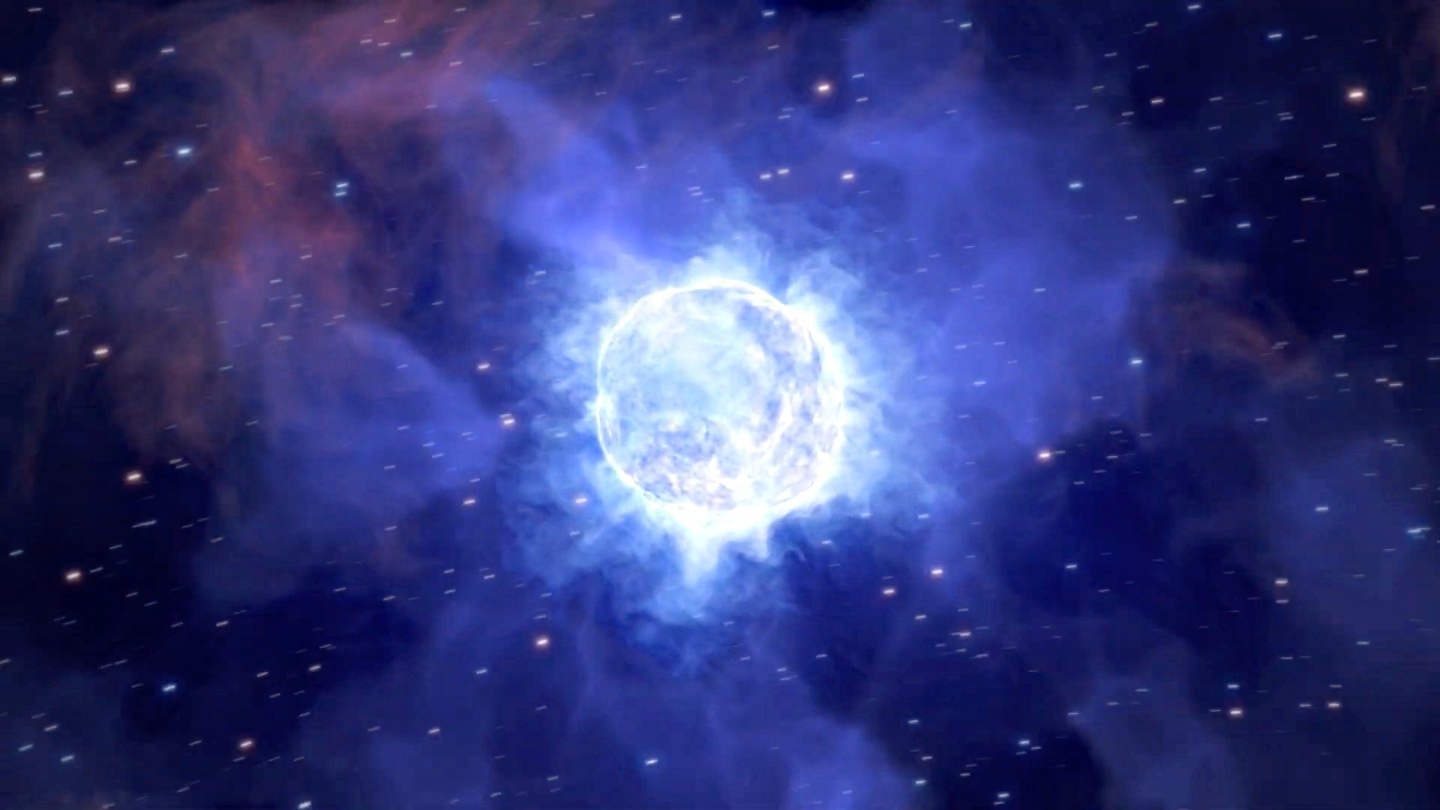nasa
Dust sticking to things on the moon is a serious problem researchers are trying to solve.
A new study shows bacteria could survive travel from Earth to Mars.
The mission could launch as soon as the 2030s, the researchers said.
Firsthand accounts of what it’s really like to go to and come back from space.
▸
14 min
—
with
A new study discovers how blazars shoot out jets of radiation towards Earth.
Just how close are we to setting up camp on another planet? It’s complicated.
▸
17 min
—
with
A new study sheds light on the final supernovae of the Universe.
After a decade of failed attempts, scientists successfully bounced photons off of a reflector aboard the Lunar Reconnaissance Orbiter, some 240,000 miles from Earth.
Some of the most extreme weather in the Solar System just got stranger.
The meteorites suggest astronomers may have small, early planets wrong.
A recent study tested how well the fungi species Cladosporium sphaerospermum blocked cosmic radiation aboard the International Space Station.
America’s Space Force has acquired a horse for an important mission.
The Earth Return Orbiter is part of a long-term mission to search for ancient alien life on Mars.
A new report from The New York Times describes a Pentagon task force’s long-standing project to collect data on unidentified aerial phenomena and a Pentagon consultant who says the U.S. has collected crashed “off-world vehicles.”
A colliding star may have triggered the drastic transformation.
Unless you plan to try again in 6,800 years, this week is your shot.
A new study looks at what would happen to human language on a long journey to other star systems.
Ever want to smell like an astronaut? Now you can!
A gigantic star makes off during an eight-year gap in observations.
Watch as the small mirror joins millions of other pieces of space junk currently orbiting the planet.
Help future Mars rovers better navigate the red planet’s treacherous terrain.
Can this end flat-Earth theory once and for all?
▸
10 min
—
with
On other planets, blue skies and red sunsets aren’t the norm.
Astronomers propose new estimate of Earth-like planets in the Milky Way galaxy.
Astrophysicist Michelle Thaller talks ISS and why NICER is so important.
▸
5 min
—
with
Tyson dives into the search for alien life, dark matter, and the physics of football.
▸
14 min
—
with
The planet that we are searching for is a little bit smaller and closer than we originally thought.
▸
4 min
—
with
The Demo-2 mission represents a new era for American spaceflight.
Time runs backward there. Other physicists are not convinced.
A new study discovers the likelihood of extraterrestrial life in the universe.






